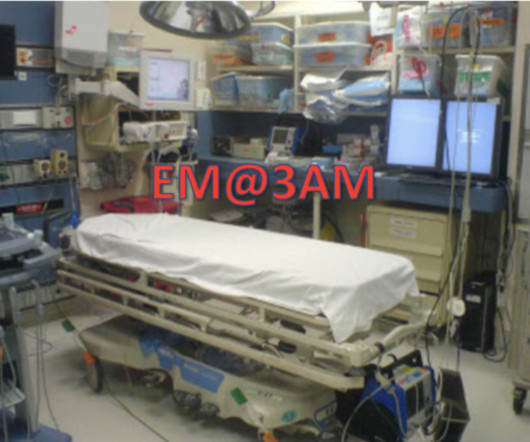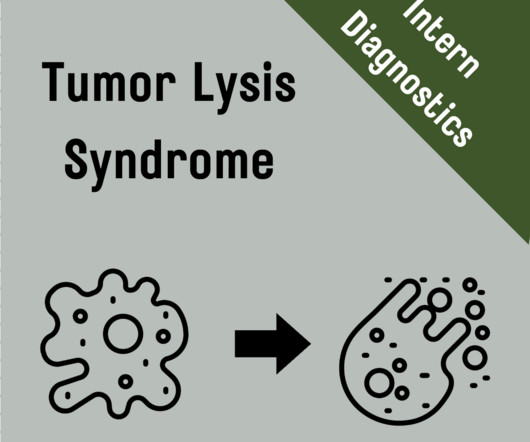EM@3AM: Amniotic Fluid Embolism
EMDocs
JUNE 22, 2024
Eclampsia (B) is characterized by the onset of seizures in a woman with preeclampsia (hypertension and proteinuria), but it typically does not present with the sudden onset of respiratory distress and profound hypotension described here. Epub 2014 Jun 30. If AFE occurs during labor, immediate delivery is recommended. PMID: 24974876.























Let's personalize your content